Government Initiatives and Regulations
Government initiatives play a pivotal role in shaping the mobile wallet market in South Korea. The South Korean government has implemented various regulations aimed at promoting digital payments and enhancing consumer protection. For instance, the Financial Services Commission has introduced policies that encourage the adoption of mobile payment solutions among businesses and consumers alike. As a result, the mobile wallet market is witnessing a significant increase in user trust and participation. Recent data indicates that the number of mobile wallet users has grown by 30% in the past year, driven by these supportive regulatory frameworks. Such initiatives are likely to foster a more robust ecosystem for mobile wallets.
Consumer Demand for Convenience and Speed
Consumer demand for convenience and speed is a driving force behind the growth of the mobile wallet market in South Korea. As lifestyles become increasingly fast-paced, individuals seek payment solutions that offer quick and hassle-free transactions. Mobile wallets provide an efficient alternative to traditional payment methods, allowing users to complete purchases in seconds. Recent surveys indicate that over 80% of South Korean consumers prioritize speed and convenience when choosing payment methods. This trend is reshaping the mobile wallet market, as providers strive to enhance user experience through innovative features such as one-click payments and automatic transaction history tracking.
Integration with Financial Services and Apps
The integration of mobile wallets with various financial services and applications is transforming the mobile wallet market in South Korea. Many consumers now expect their mobile wallets to offer more than just payment capabilities; they seek features such as budgeting tools, investment options, and loyalty rewards. This demand for multifunctionality is prompting mobile wallet providers to collaborate with banks and fintech companies to enhance their offerings. As of November 2025, it is estimated that 60% of mobile wallet users in South Korea utilize additional financial services through their wallets. This trend indicates a shift towards a more comprehensive mobile wallet market, where users can manage their finances seamlessly.
Rising E-commerce and Online Shopping Trends
The mobile wallet market in South Korea is significantly influenced by the rising trends in e-commerce and online shopping. With a substantial portion of retail transactions now occurring online, mobile wallets have become essential for facilitating seamless payments. As of November 2025, e-commerce sales in South Korea are projected to reach $200 billion, with mobile wallets accounting for a considerable share of these transactions. This shift towards digital shopping experiences has prompted retailers to integrate mobile wallet options, enhancing customer convenience. The mobile wallet market is thus benefiting from this e-commerce boom, as consumers increasingly prefer the ease of mobile payments for their online purchases.
Technological Advancements in Payment Systems
The mobile wallet market in South Korea is experiencing a surge due to rapid technological advancements in payment systems. Innovations such as Near Field Communication (NFC) and QR code scanning have streamlined transactions, making them faster and more efficient. As of 2025, approximately 70% of South Korean consumers utilize mobile wallets for daily transactions, reflecting a growing preference for digital payment solutions. This trend is further supported by the increasing penetration of smartphones, with over 95% of the population owning a mobile device. The mobile wallet market is thus poised for continued growth as technology evolves, enabling more seamless integration with various retail and service platforms.


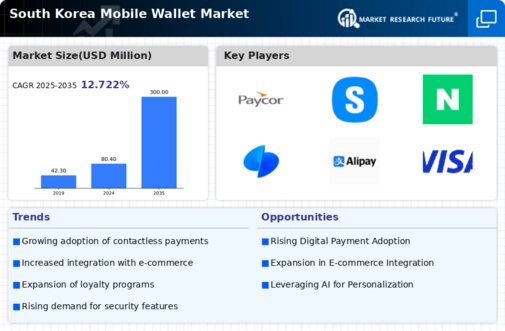
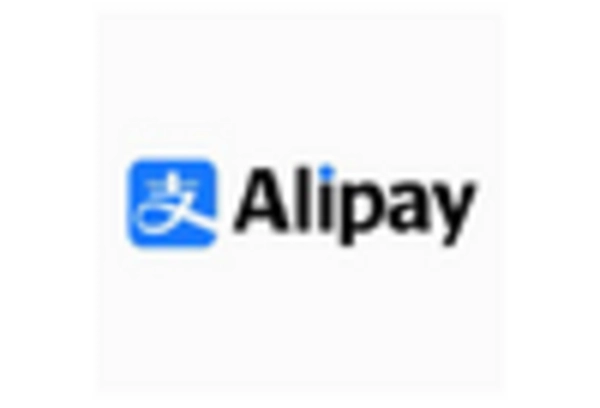
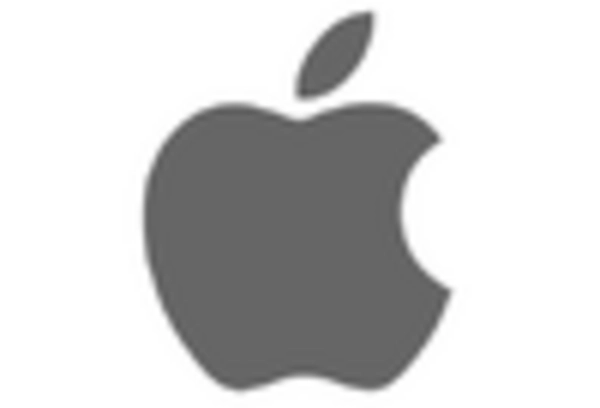


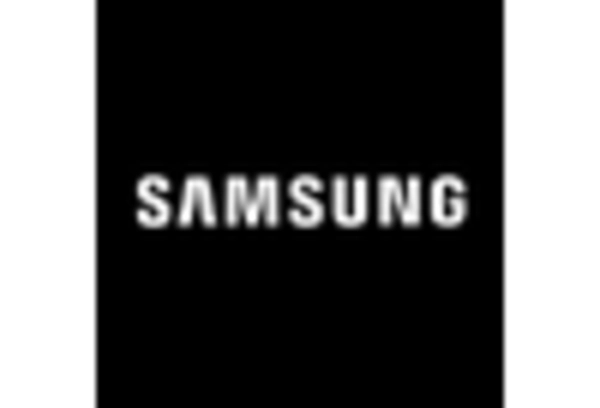
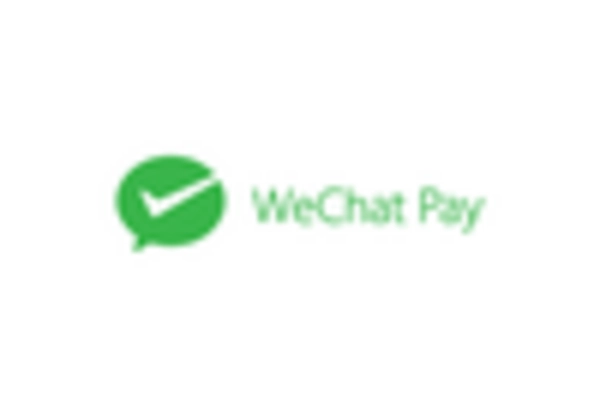








Leave a Comment